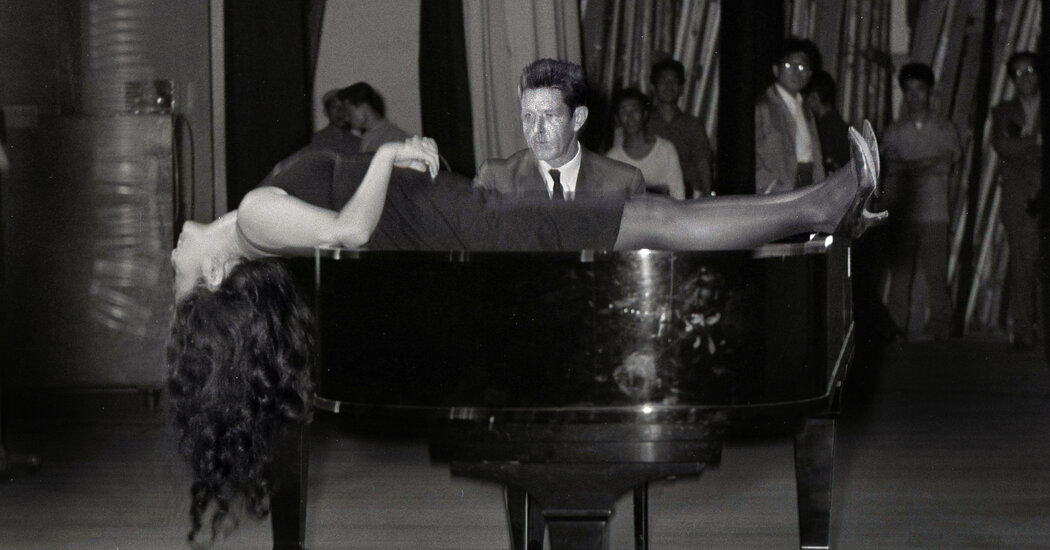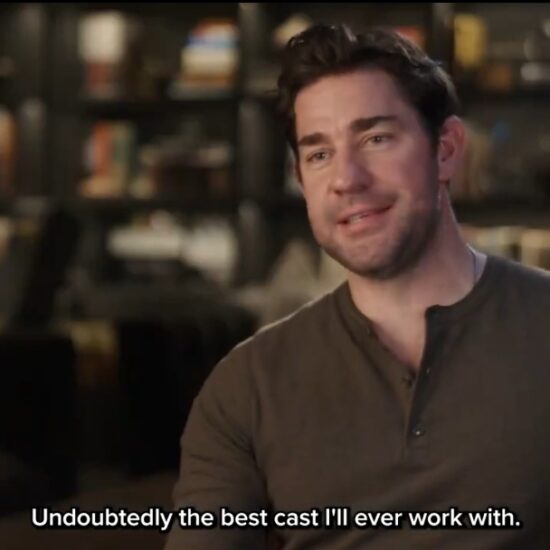
Inspired by Cage and by European musicians making similar investigations, such as Stockhausen, composers like Takemitsu, Toshiro Mayuzumi and Yuji Takahashi had begun to work with chance; graphic scores, rather than traditional Western notation; and Cagean instruments like the “prepared” piano, adjusted with objects that affected the sounding of its strings. A contemporary music festival in Osaka in 1961, which included works by Cage, brought his brand of indeterminate, malleable music to Japanese audiences for the first time. (The response was decidedly mixed.)
This all laid the groundwork for Takemitsu, Mayuzumi and Toshi Ichiyanagi, a composer who had studied with Cage in New York, to invite Cage to visit Japan, under the auspices of the Sogetsu Art Center in Tokyo, a nexus of experimental performance in the 1960s. He and Tudor spent six weeks there: In addition to their trip to Tokei-ji, they toured widely, including Tokyo, Kyoto, Osaka and Sapporo; had the rare honor of viewing a geisha banquet; spent the night at a monastery; and even used a chance procedure to choose the color of a necktie to buy.
In Kyoto, they were shown the Zen temple Ryoanji, renowned for a rock garden with 15 stones arranged in a geometric pattern. Cage’s drawings based on the stones, made 20 years after the trip, inspired his highly mutable ensemble piece “Ryoanji,” which will be performed at the Japan Society on Oct. 21 — with some of the performers streaming live from Japan.
Cage and Tudor’s concerts during their visit had a galvanizing effect. Performing Cage’s “Music Walk” in Tokyo, Tudor lay under the piano; Yoko Ono, already an important artist and musician who was married to Ichiyanagi at the time, put her body on top on the piano strings. In “Theater Piece,” Tudor cooked rice and stir-fried, with contact microphones attached to objects around the stage: the cookware, a piano, toys.
For the premiere of “0’00,” a follow-up silence exercise to “4’33,” Cage sat at a desk and wrote a sentence: “In a situation provided with maximum amplification (no feedback), perform a disciplined action.” Contact microphones had been attached to his pen and glasses, so, as the Cage scholar James Pritchett writes, his action “was both the creation of the score and its first performance.”













